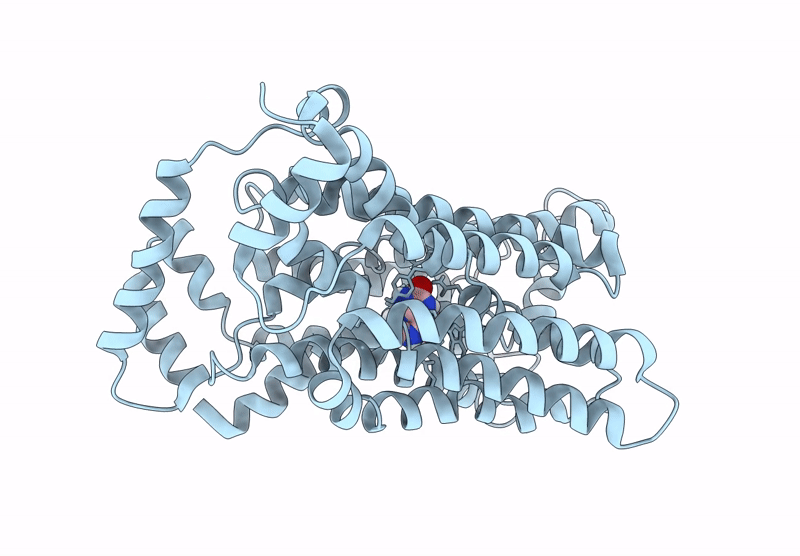
Deposition Date
2024-06-18
Release Date
2025-01-29
Last Version Date
2025-08-27
Method Details:
Experimental Method:
Resolution:
4.15 Å
Aggregation State:
PARTICLE
Reconstruction Method:
SINGLE PARTICLE


